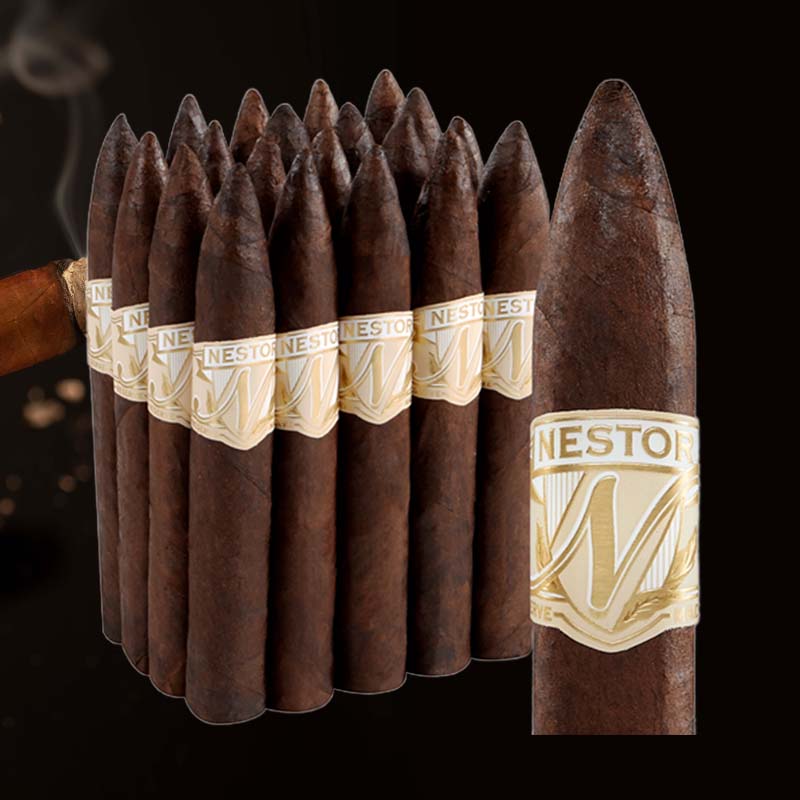How to fix the torch lighters
Introduction: Fixing That Jet Lighter You Love
There’s nothing quite like the feeling of flicking my torch lighter to ignite a beautifully crafted cigar. The moment the flame dances to life feels almost magical. But when that trusted lighter suddenly betrays me, it can be incredibly disheartening. As a cigar enthusiast, I’ve learned a thing or two about fixing torch lighters, both from my own experimentation and from the wealth of resources available. In this guide, I will take you through the steps to mend your beloved lighter, ensuring you can continue to enjoy your cigar moments without a hitch.
Understanding Common Lighter Problems
Before tackling repairs, we need to familiarize ourselves with the typical issues torch lighters face. Common problems include:
- Failure to spark
- Flame too weak or inconsistent
- Gas not releasing
- Visible dirt or blockages
- Leaking fuel
Step 1: Gather Your Tools
Essential Tools for Fixing Torch Lighters
First things first, I need to gather my trusty toolbox. The right tools make all the difference in ensuring a smooth repair process. Here’s what I usually prepare:
- Small screwdriver set
- Compressed air canister
- Cotton swabs
- Butane for refueling
- Soft cloth for cleaning
- Pliers (if necessary)
Step 2: Diagnose the Problem
Identifying Common Issues with Torch Lighters
Next, I take a moment to examine my lighter to pinpoint the issue. Is it a simple spark problem, or is the gas supply blocked? Some signs to look for include:
- No click when pressing the ignition button
- Flame flickering or uneven
- Gas smell without flame discharge
Step 3: Opening Your Lighter Up
How to Safely Disassemble Your Torch Lighter
Now that I’ve determined the problem, it’s time to make an incision. No worries; I’m careful! Here’s how I safely disassemble my torch lighter:
- Remove the lighter’s casing using a screwdriver.
- Carefully detach the ignition mechanism (if applicable).
- Keep the screws in a safe place to avoid losing them.
Step 4: Adjusting the Spark
Fixing Ignition Issues and Ensuring Proper Spark
Ignition issues are usually the easiest to fix. I make adjustments to ensure a solid spark. Here’s how:
- Check the flint; replace if needed.
- Adjust the ignition wheel for tension.
- Test the ignition mechanism multiple times during this step.
Step 5: Cleaning the Lighter Components
Removing Dirt and Blockages from Your Torch Lighter
A clean lighter is a happy lighter! I take a cotton swab and some compressed air to clean out debris. Here’s my cleaning routine:
- Use compressed air to blow out dirt around the ignition area.
- Swab inside with a clean cotton swab dipped in alcohol.
- Ensure there are no blockages in the gas nozzle.
Step 6: Fueling the Lighter
How to Properly Refill Your Torch Lighter
Refueling might seem simple, but I’ve had mishaps before, so I always approach this with care. Here’s how I refill:
- Ensure the lighter is completely empty by trying to ignite it.
- Turn the lighter upside down and insert the butane nozzle.
- Press down for about 5 seconds to allow fueling.
Step 7: Reassembling the Torch Lighter
Putting Your Torch Lighter Back Together Safely
With everything cleaned and repaired, I carefully put my lighter back together. Here’s my approach:
- Align all components as they were originally.
- Secure the casing back in place with the screws.
- Give it a gentle shake while ensuring it feels secure.
Step 8: Testing the Lighter
Ensuring Your Torch Lighter Functions Properly
Finally, it’s testing time! I take a deep breath and flick the ignition button. Here’s what I check:
- Is the flame strong and steady?
- Are there any sounds indicating gas leaks?
- Does everything look reassembled correctly?
Common Issues and Fixes
Troubleshooting Common Torch Lighter Problems
If my lighter still isn’t working after going through the repair process, I look for more specific issues. Sometimes, sticking valves or more complex ignition problems require additional troubleshooting.
When to Seek Professional Help
Identifying Issues Beyond DIY Repair
While many torch lighter issues can be fixed at home, I recognize when it’s time to consult a professional. Leaking fuel or severe ignition malfunctions often require expert attention to avoid safety hazards.
Preventive Measures to Avoid Future Problems
Tips to Extend the Life of Your Torch Lighter
To ensure my lighter remains in top shape, I take some preventive measures, such as keeping it clean, refueling regularly, and storing it upright to prevent leaks. A little care goes a long way.
FAQ
Why is my torch lighter not working?
If my torch lighter isn’t working, it could be out of fuel, the igniter may be faulty, or there might be a blockage in the gas flow. It’s always best to diagnose the problem first.
How do you fix a torch lighter that won’t spark?
To fix a torch lighter that won’t spark, I usually check the flint, adjust the ignition mechanism for tension, and ensure that the gas is flowing properly. A clean lighter often does wonders!
How to fix a butane lighter?
Fixing a butane lighter typically involves refueling, cleaning out the ignition area, and replacing any worn parts like the flint. Regular maintenance is key to avoid malfunctioning.
Why is my butane torch not releasing gas?
If my butane torch isn’t releasing gas, it might be due to a blocked valve, an empty fuel tank, or a malfunctioning regulator. I always start by ensuring it’s properly fueled and clean.
















